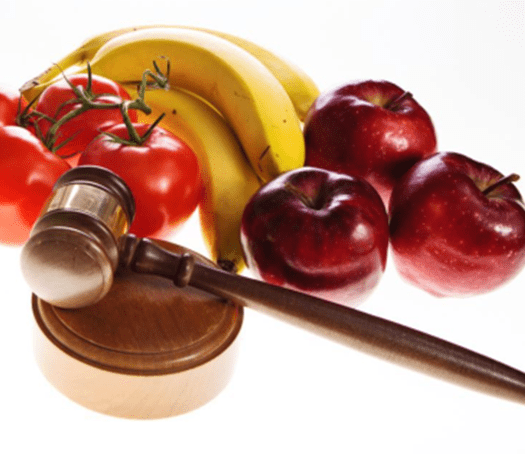By Enise Kaya Urcan, MPharm, MS Candidate in Human Nutrition
Many Americans don’t have access to healthy and nourishing food due to the location or economic status of the household. Families with lower income are at higher risk of vitamin and mineral deficiencies and long-term problems such as obesity, cardiovascular problems, and metabolic disorders. Budget-friendly food options are likely to have empty calories while providing little essential nutrients. So, where exactly food, a primary need for survival, stands in our social justice system?
Food Justice for everyone!
The Food Justice Movement aims to address disparities in food access for low-income communities while advocating for the well-being and safety of food production workers. Although food advocates may target different issues to work on, all share the same final goal, overcoming the injustices (Foodprint, 2022).
The advocates commonly discuss the following issues:
- Indigenous food justice for Native American communities means rebuilding relationships with the land and re-establishing native crops and food culture.
- Food worker justice is to fight for equal wages and fair benefits and treatment for everybody, especially for immigrants from Central and South America, Africa, and Asia working conditions.
- Minimize food insecurities. Food insecurity is a growing problem, especially in families with children and communities of color. According to the Census, 37.2 million people suffered from the consequences of poverty in 2020. The demographic statistics of this rate were 8.2 percent non-Hispanic, 17.0 percent Hispanic, 19.5 percent Black, and 8.1 percent Asian communities.
Why is it important?
Research shows that low-income families are aware of healthy eating but don’t have access to eating nutritiously. One article concludes that behavioral or educational interventions about healthy eating are less effective in overcoming food insecurity as the problem is mainly systemic (Power et al., 2021). Food justice advocates see the inability to access healthy food as a human rights issue and acknowledge their actions as part of civil rights and environmental justice (Hazard, 2022).
Do available supplemental programs help fight food insecurity?
There are various nutrition assistance projects in the US; the most flexible and well-known one is the Supplemental Nutrition Assistance Program (SNAP). 44% of SNAP beneficiaries are children, 13% are older adults, and 10% are people with disabilities (USDA, 2022). There are strict requirements to be eligible for many food assistance programs, causing limitations and inefficiency for others who still need extra support.
What can we do to help?
We can all make an individual contribution to food justice.
- Reducing food waste by donating safe, unopened food to the local public center.
- Contributing to local food funds or volunteering to serve in the public health districts and other food banks.
- Supporting local farms and buying sustainably and ethically produced food.
- Raising your voice for policy change. Here are some issues important for an ethical framework around food policies and justice (Miller &Thomas, 2020):
- Empathetic food policies that enhance all individuals’ freedom to make various nutritious food choices for a healthy diet.
- Food policies that support overcoming personal and systemic barriers leading to food insecurities. These barriers include realistic eligibility criteria and benefits to help everyone in the US.
- Collaborative policies that address not only the food injustice but also equal health, education, childcare, and elder services.
Resources:
For more information about food justice, visit Food Print
For more information about food hunger in America, visit Feeding America
For more information about SNAP eligibility, visit USDA
References:
- Census Bureau, (2022). Income and Poverty in the United States: 2020. Census.gov. Retrieved 6 May 2022, from https://www.census.gov/library/publications/2021/demo/p60-273.html.
- Hazard, E. (2022). US Food Justice – Food First. Food First. Retrieved 6 May 2022, from https://archive.foodfirst.org/issue-area/us-food-justice/.
- Policies to reduce food insecurity: An ethical imperative. Ncbi.nlm.nih.gov. (2022). Retrieved 6 May 2022, from https://www.ncbi.nlm.nih.gov/pmc/articles/PMC7255147/pdf/main.pdf.
- Power, M., Pybus, K., Pickett, K., & Doherty, B. (2021). “The reality is that on Universal Credit I cannot provide the recommended amount of fresh fruit and vegetables per day for my children”: Moving from a behavioural to a systemic understanding of food practices. Emerald Open Research, 3, 3. https://doi.org/10.35241/emeraldopenres.14062.1)
- SNAP eligibility. (2022). Retrieved 7 May 2022, from https://www.fns.usda.gov/snap/recipient/eligibility.
“Photo by Geofrey Whiteway from Freerange Stock.”













